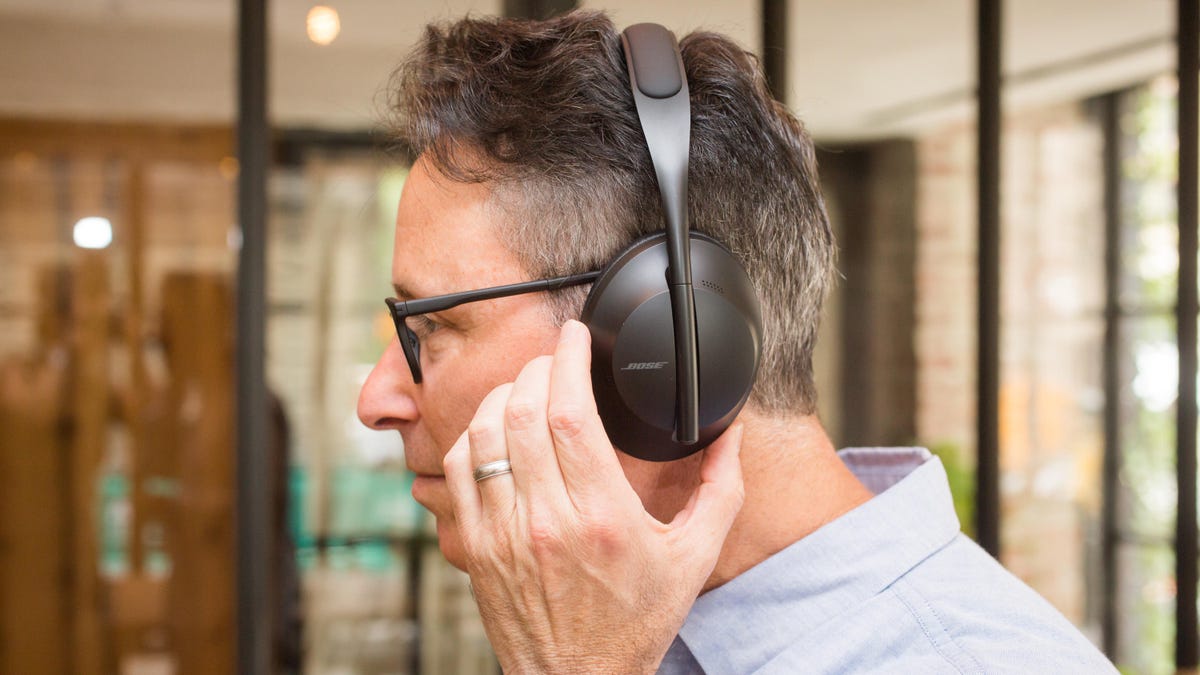
Beginner
Noise Cancelling Headphones Guide
Active noise cancelling headphones use microphones to detect external sounds and generate
anti-noise signals to cancel them out. They're particularly effective for constant,
low-frequency sounds like air conditioning, traffic, and office chatter. Quality
headphones can reduce ambient noise by 20-30 decibels, creating a focused listening environment.
Look for comfortable over-ear designs for extended wear, with battery life sufficient for
your workday. Some models include transparency modes that allow important sounds like
doorbells or colleagues to pass through. Consider wired options to avoid battery
management during critical work sessions.

Beginner
Understanding Different Noise Types
Different noise requires different solutions. Continuous sounds (fans, traffic) respond
well to passive absorption and active cancellation. Intermittent sounds (footsteps, voices)
are harder to eliminate completely. Mid-frequency sounds (1-4 kHz) are most disruptive
to concentration, while very low frequencies (below 100Hz) can be masked by white noise.
Identify your primary noise sources before selecting solutions. External traffic noise
may require window treatments, while household sounds might need partition solutions.
Understanding noise frequency helps you choose the most effective acoustic interventions.

Advanced
Home Office Soundproofing Basics
Effective soundproofing addresses both sound transmission (noise passing through walls)
and sound reflection (echo within rooms). Soft materials like curtains, rugs, and
upholstered furniture absorb sound waves, while dense materials like drywall and
insulation block sound transmission. Small home offices benefit most from acoustic
treatments rather than major structural changes.
Install acoustic panels on walls adjacent to noisy areas, use heavy curtains on windows,
and place rugs on hard floors. Seal gaps around doors and windows with weatherstripping.
bookshelves filled with books provide both storage and acoustic absorption when placed
against shared walls.

Quick Fix
Quick Acoustic Improvements
Immediate noise reduction can be achieved with simple adjustments. Place soft materials
strategically: hang thick curtains, add throw pillows to chairs, position a rug under
your desk. Face your chair toward the noise source when possible, as human hearing is
less sensitive to sounds coming from behind.
Use white noise machines or nature sounds to mask intermittent disruptions. Position
yourself away from hard surfaces that reflect sound, and close doors to contain noise.
These simple changes can reduce perceived noise levels significantly without major
investment or home modification.

Advanced
White Noise & Sound Masking
White noise machines generate consistent sound across all frequencies, effectively
masking sudden noises that would otherwise break focus. Pink noise emphasizes lower
frequencies and is often more pleasant for extended listening. Brown noise focuses
on very low frequencies and can be particularly effective for masking traffic and
office sounds.
Programmable white noise devices allow you to adjust volume and sound characteristics
throughout the day. Some users prefer nature sounds (rain, ocean waves) that provide
masking benefits while being more pleasant than pure white noise. The key is consistent
sound that doesn't draw attention to itself.

Beginner
Furniture Placement for Acoustics
Strategic furniture placement significantly impacts room acoustics. Bookcases against
shared walls absorb sound transmission, while positioning your desk away from noise
sources reduces direct exposure. Upholstered furniture absorbs more sound than
hard-surfaced pieces, so arrange seating to take advantage of natural acoustic
materials in your room.
Avoid placing your desk parallel to thin walls that separate you from noise sources.
Corner positioning can provide natural sound shadowing. Use existing furniture as
acoustic barriers - a bookshelf between your workspace and a noisy area provides
both storage and sound dampening benefits.

Advanced
Professional Acoustic Treatment
Professional acoustic panels and bass traps address specific frequency ranges and
improve room acoustics significantly. Bass traps in corners absorb low frequencies
that cause boominess, while panels on walls reduce mid-frequency reflections that
create echo. Ceiling-mounted panels can address sound coming from above, particularly
effective in rooms with hard ceilings.
Consider your room's dimensions and primary noise sources when selecting treatments.
Small offices may benefit more from targeted treatments rather than full-room coverage.
Professional acoustic analysis can identify specific problem frequencies and optimal
treatment placement for maximum impact.

Quick Fix
DIY Acoustic Solutions
Create effective acoustic treatments using household items. Heavy blankets hung on
walls provide temporary sound absorption, while foam mattress toppers cut into panels
offer budget-friendly acoustic treatment. Bookcases filled with books create natural
sound barriers, and moving blankets hung from ceiling grids provide ceiling absorption.
Fabric-wrapped insulation boards create professional-looking panels at a fraction of
commercial costs. Egg cartons are largely ineffective for acoustic treatment, but
dense, soft materials like quilts and carpets can provide meaningful sound absorption.
Test temporary solutions before investing in permanent treatments.

Beginner
Zoning Your Workspace
Create acoustic zones within your home by designating specific areas for different
noise levels. Use soft materials to create quiet zones, while accepting moderate
noise in transition areas. Position your primary workspace in the quietest part of
your home, ideally away from high-traffic areas like kitchens and living rooms.
Use door placement and furniture arrangement to create natural sound buffers. A
hallway entry creates a sound shadow, while direct access from noisy areas exposes
you to constant disruption. Small changes in room selection and layout can provide
significant acoustic benefits with minimal effort.

